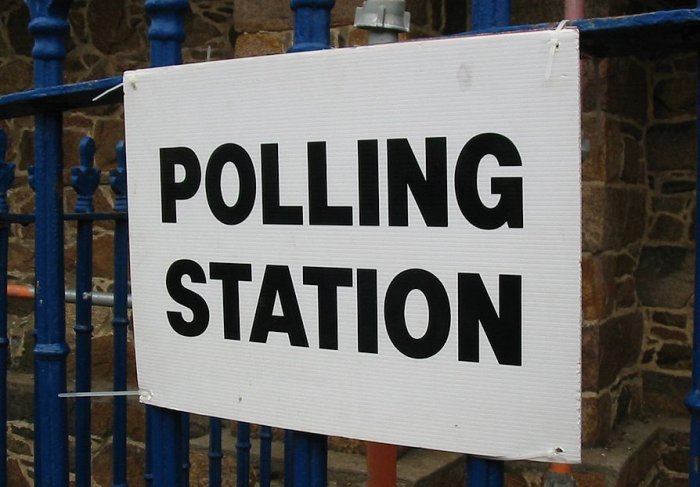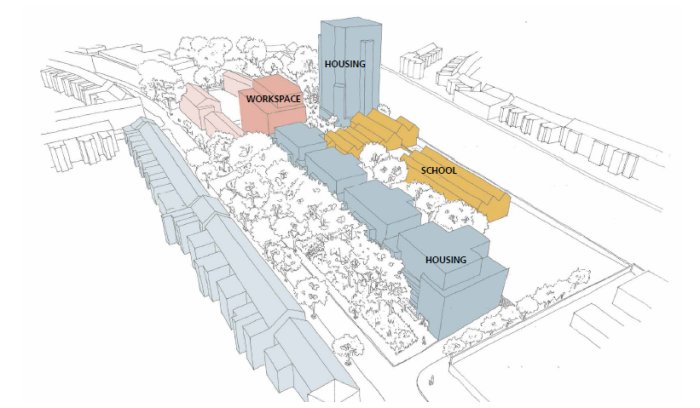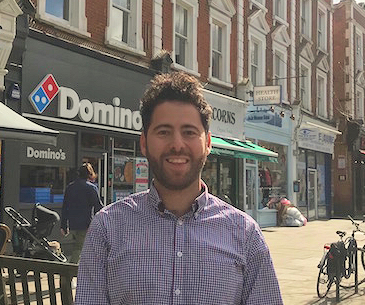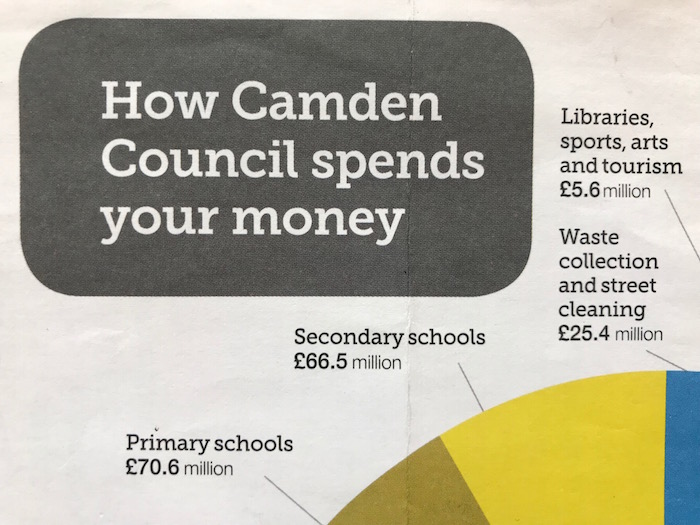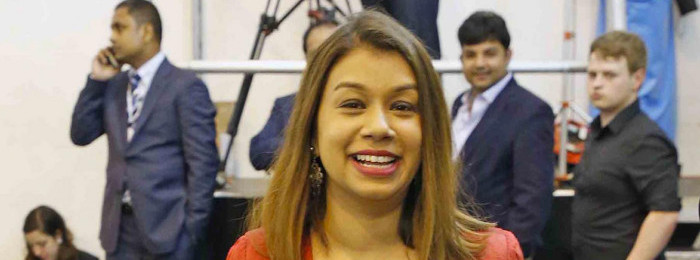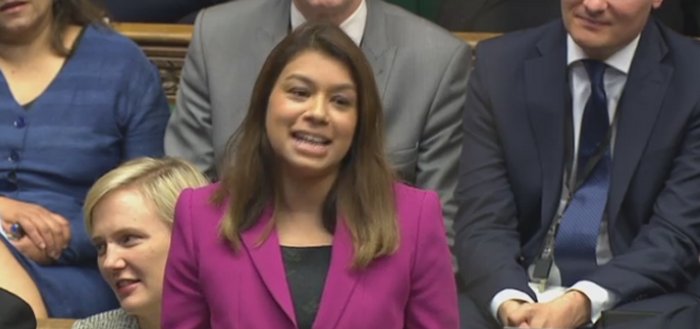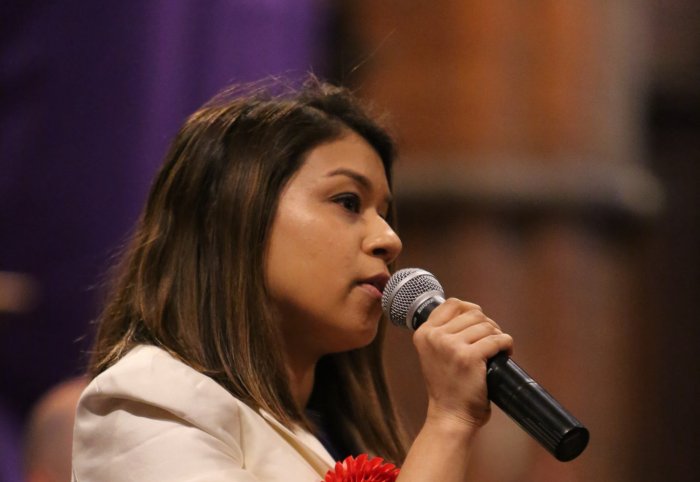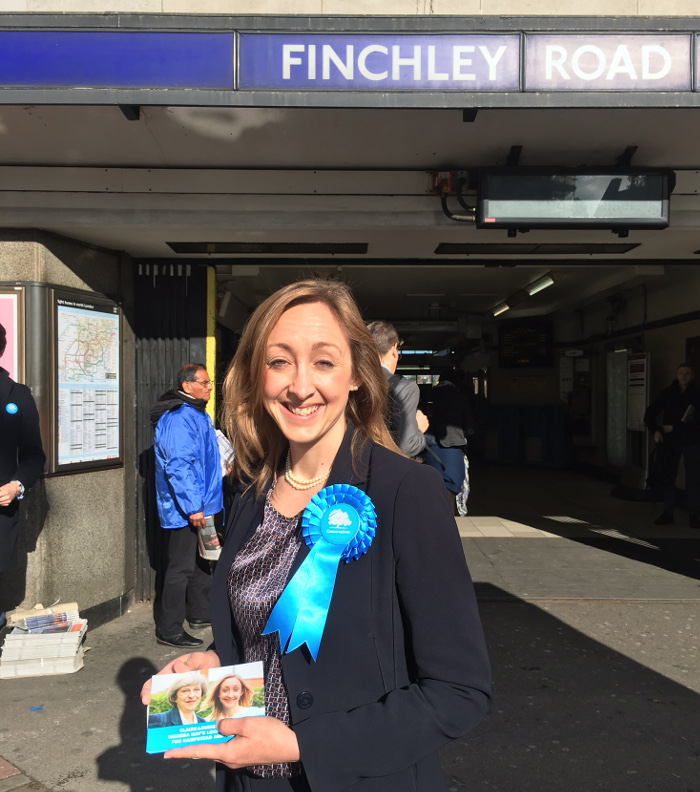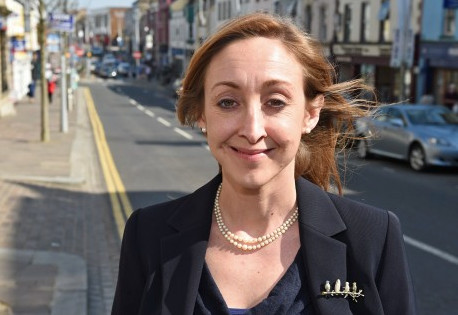The local elections are on May 3rd. This is when you get the chance (and “you” includes EU citizens) to vote for three councillors for the ward you live in. All the ward councillors who are elected form Camden council (or Brent council for those of you the other side of the Kilburn High Road).
For those of you new to the whole local politics thing, we wrote a useful 101 guide to it last time around that’s worth reading so you understand what you are (and are not) voting for (obviously many of the links in that article are out of date, but the key messages are the same).
We are going to take a look at the two wards that are fully in West Hampstead: Fortune Green and West Hampstead itself. Some of you will live in Kilburn ward and others in Swiss Cottage ward (anyone living in the Gardens area between West End Lane and Finchley Road falls into that ward). Kilburn ward is hardcore Labour, Swiss Cottage has been Tory for quite some time, though two long-standing councillors are standing down this year, so it’s now considered up for grabs. But our focus is on West Hampstead and Fortune Green.
In any election it’s important to know who you are voting for. Some people always vote on party lines. Many people (most people) don’t vote in local elections at all, though plenty still have a good ol’ whinge about everything the council does. In the current political climate, some voters – especially Labour voters and Remain Tories – may find voting on party lines harder than usual, which means that it’s even more important to understand the individuals you want to represent you. As our interview with departing councillor Phil Rosenberg suggests, the individuals do matter.
The general election last year showed Labour strengthening its hold in the area. There’s even talk in Camden of a total clean sweep of the council with a chance that traditional Tory areas Swiss Cottage and Belsize and even Hampstead and Frognal might go red. Most sane people would accept that a one-pary state with no opposition was not healthy for democracy at any level.
What are the big issues?
Brexit: Most of you know that this was one of the most devout Remain constituencies in the country. Labour’s manifesto suggests you “let Theresa May know how you feel about Brexit by voting Labour”, which given Jeremy Corbyn’s lack of clarity on Labour’s stance on Brexit seems like an odd line to take. Of course the local elections have almost no bearing whatsoever on Brexit, but given that it’s almost the only political story in town at the moment, it’s bound to play a part in how some people vote.
Rubbish: This is squarely within the remit for local elections and the Conservatives are unsurprisingly going big on it given their poor Brexit credentials in a Remain area. Candidates are calling for the reinstatement of weekly rubbish collections. After huge problems when the new system was introduced a year ago, yes it’s been a year, gradually things have got better. Sure fly-tipping is an issue, but it was actually an issue before as well. As Cllr Phil Rosenberg said things are now at a granular level and Camden are now getting round to dealing with street by street issues (which they should have done much earlier).
Growth: West Hampstead continues to experience high levels of development – although many of the major sites are now accounted for, if not fully developed. However, the O2 car park and the area around Blackburn Road generally is still up for grabs and while nothing may happen here over the next four years, it could be a major issue. None of the parties have much to say about it – but if you get the chance to grill the candidates on the doorstep or at the hustings then this could be a good topic.
Crime: Councils do not really have much responsibility for crime, though they do of course liaise closely with the police in many areas. Crime is on the up in our local area, by more than the average rise across Camden, but there’s not a great deal councillors can do about this other than to remain engaged and listen to residents concerns. Crime is more relevant in both the general election and the mayoral/London Assembly elections.
Are there hustings?
Yes. Local groups WHAT and the NDF are holding a joint hustings of all the candidates, yes both West Hampstead and Fortune Green wards, on Monday 9th April 7:30pm in the Synagogue Hall. Council election hustings are relatively rare given the number of candidates involved, so if you get the chance do go along.
CNJ deputy editor, Richard Osley, did a good summary of it on his blog. Or as he put it, on a polite night in West Hampstead
Enough waffle – show me the candidates
Ok, ok… First West Hampstead, or you can jump straight to Fortune Green.
West Hampstead ward
In the general election, West Hampstead was seen as the swinging bit of a swinging constituency. The reality was that Tulip Siddiq grew her majority considerably and West Hampstead swung resolutely Labour. It should be an interesting ward – and with three new Labour candidates maybe it’s not quite as clear cut as some pundits would have you believe.
Parties are listed in the order of last election and we will have updated this page once now all the nominations are in.
Labour

Labour has three new candidates as existing councillors Phil Rosenberg and James Yarde are stepping down and Angela Pober, who was elected on the Labour ticket but has been sitting as an independent since September 2015, will certainly not be standing for Labour again. The final date for nominations is April 6th, and Angela has proved elusive of late so we don’t know if she’s going to stand again as an independent.
Nazma Rahman
Nazma is a nutritionist and a West Hampstead resident for nearly a decade and elsewhere in the borough before that. She has brought up two children in the area and if elected she is “determined to work tirelessly to improve the quality of life of people in West Hampstead. I want to tackle crime locally, improve rubbish collection in the area and ensure that our recycling rates continue to rise”. She is also concerned about housing, law and order (she recently suffered an attempted break-in).
Peter Taheri
Peter is a barrister who represents the police and says “I can bring to the table my experience as a barrister representing mainly police forces and other public bodies, which has given me a very concrete overview of the vital work that our police and other public services do and a deep understanding of the importance of protecting and supporting these precious services. My job gives me the skills to analyse and articulate arguments and standing up for public services is something I do day-in, day-out”.
Peter has just stood down as the local party chairman, and acted as Tulip Siddiq’s agent in the last election.
Shiva Tiwari
Shiva moved with his young family a couple of years ago to the area and since then had got stuck in, as a trustee of the West Hampstead Community Centre and a governor of Swiss Cottage School.
“If elected, I will work my hardest to improve the quality of life for all people who live and work in West Hampstead. My focus will be on fighting the recent uptick in petty crime, improving the collection of commercial waste on West End Lane & Mill Lane, campaigning for more affordable housing and controls on private landlords and ensuring that Camden is creating enough high quality school places to give local children the best possible start in life”.
None of the candidates mention development and the growth area. Over the last four years none of the three sitting councillors has really championed the growth area at the council. Phil Rosenberg was the most active, and was a regular at NDF meetings, but without a champion in the town hall (and ideally someone with an interest in urban design), West Hampstead could continue to be shortchanged.
Liberal Democrats
West Hampstead was once a Lib Dem stronghold holding all three seats. Are these three going to be able take back the ward?

Roger Fox
Roger is a fresh face in West Hampstead. “I think I bring a different perspective to our local councillors as a young private renter and someone starting a life in London”. He joined the Liberal Democrats in the aftermath of the EU referendum and is now chairman of the Camden Lib Dems. This is his first time standing as a candidate.
Mukal Hira
Nuruzzaman (known as Mukal) Hira has lived in West Hampstead for almost three decades. “As a father of two teenagers I have seen many changes that have affected our community. If elected, I am determined to tackle youth crimes and anti-social behaviour across the Borough”.
Back in 2006 he stood as a candidate for Respect in St. Pancras and Somers Town, getting a ‘respectable’ 781 votes before switching to the Lib Dems in 2008.
Nancy Jirira
Nancy has lived in West Hampstead for decades so she is “well aware of the local challenges”. She is an active member of the congregation of St. James Church (aka the Sheriff Centre). She works in the NHS, and is a familiar face. She was a Fortune Green councillor, elected in a by-election in 2008 and retaining her seat in 2010. She narrowly missed out in 2014, losing out (by 17 votes!) to Labour’s Richard Olszewski.
The Lib Dems are the first party to have their local website up and running so you can find out more about the candidates here.
Conservatives

Sedef Akademir
Sedef is campaigning for “cleaner, greener and safer West Hampstead”. She’s also concerned about the rise in crime which she says is up by 42% in the past year.
David Brescia
David is a familiar face in West Hampstead, he’s lived here for 20 years and is actively involved in local groups including the NDF. He is campaigning for a restoration of weekly bin collections which is the Conservatives’ top pledge. “We’re also fighting for a passenger lift and wider entrance at our overcrowded tube station”.
Mohammed Salim
Mohammed lives in West Hampstead and runs Spice Tree restaurant on Mill Lane. He says that “voting Conservative in the upcoming local elections is to get the bin collections restored to weekly, the garden tax abolished, and more local police officers and CCTV cameras to combat the rise in crime”.
Green Party

Jane Milton
Jane thinks that “although they may feel a strong leaning towards us, they mistakenly believe that Green votes are wasted ones. Often people don’t realise that the greater degree of proportional representation at a local level really does give them more power to choose. We as a party do try to get the message home that Greens can be powerful and effective locally, but I do think we need to do a lot more work on this”.
David Stansell
Another long-term West Hampstead resident, David is a management consultant who runs his own firm helping energy companies transition 100% to renewable energy. His two main reasons for standing are ‘recycling and cycling’. His experience dealing the public sector made him observe that ‘the solution to many of local problems comes from not getting everyone together and agreeing on the baseline of the issue’.
Helena Paul
As a member of the NDF she recently led a project to monitor the air quality in West Hampstead and came up with some shocking results as the air quality, on the Finchley Road, in particular, was very poor.
“We must get TfL to prioritise improving West Hampstead Jubilee line station with an entrance on the same side of the road as the other two stations, while the interchange between the three stations needs addressing. There are already proposals for all this – let’s get on with it!”
You can read more about the candidates on the Camden Green Party website.
Fortune Green
Unlike West Hampstead, where three new councillors are guaranteed, all three sitting councillors in Fortune Green are standing again, which makes it a simpler but no less interesting ward.
In 2014, the Lib Dems suffered a collapse in their vote across Camden but Cllr Flick Rea managed to retain her seat in Fortune Green and with 1,151 votes, got the highest number in the ward. She has held the seat since 1986. She was the sole remaining Lib Dem in Camden and said she woke up understanding survivors guilt. Also elected were Labour’s Lorna Russell and Richard Olszewski, though the Lib Dems and even the Tories came close to nicking a seat.
Who is standing?
Parties are listed in the order of last election and we will update this page once all the nominations are in, but our focus is on the three main parties.
Labour

Sorin Floti
Newcomer Sorin, if elected, would be the first Romanian councillor in Camden. Sorin quit the world of finance to do a masters in social policy at LSE and has been active in a number of groups including mentoring young people via the Prince’s Trust. As a Romanian he is “personally affected by the uncertainty surrounding Brexit, but am also aware of how it will affect everyone’s lives”. So this is one of his top issues, along with education and housing.
Richard Olszewski
Richard was a councillor for Regent’s Park from 1994 to 2002 and was then an advisor to senior Labour MP John Reid. Richard thought he might squeeze through if he stood in Fortune Green in 2014 and squeeze through he did, beating Lib Dem Nancy Jirira by 17 votes for the third Fortune Green seat. He is the relatively new Camden cabinet member for Finance. His priorities are ‘supporting our schools and early years services’, ‘providing more housing of all types, but especially council housing and low-rent accommodation’ and ‘campaigning against Brexit’.
Lorna Russell
Lorna has been one of the most visible and engaged local councillors over the past four years. “I have worked hard to represent the residents of Fortune Green at all levels of the Council. I am proud of the work I have done to support the community here, and hope that this is recognised by voters in May”. Her priorities are housing, crime (she has been a victim of burglary AND a phone theft), and getting a fair deal for EU residents”. Lorna stood up for the area over the controversial Liddell Road scheme showing a certain degree of independence when needed.
Liberal Democrats

Adrian Bridge
The impetus to get involved in local politics came in the wake of the EU referendum. “We believe that with the Tories both nationally and locally in disarray, there is a clear need for a strong and effective opposition in Camden. We do not think that one-party rule is the best way forward in a democracy and would seek to provide rigorous scrutiny of what will almost certainly be a fresh Labour administration”.
Flick Rea
Flick was first elected a local Fortune Green councillor in 1986, and has lived in the area for even longer. She knows Fortune Green well. She says “my local priorities include protecting and improving our parks and green spaces, opposing overlarge unsuitable developments such as the Gondar Gardens Reservoir scheme – protecting our bus routes, and fighting to improve safety for pedestrians and cyclists on Fortune Green Road, Mill Lane, West End Lane as well as major roads (Finchley Road and Shoot up Hill)”.
Tracey Shackle
Tracey works as an education practitioner in both pupil referral units & mainstream schools solving problems, which has given her good contacts to Camden officers and in “getting things done”. And if Tracey doesn’t get elected? “If I don’t get elected this May, those of us who didn’t will be back even stronger next time around! Lib Dems fight back!”
Conservative

The Conservatives are pushing a return of weekly bin collections and more police as key policies. They are (understandably) quiet on Brexit.
Shamin Ahmed
Shamin says that the Conservatives are pledging “an extra officer in every ward – paid for by the saving from installing LED street lights and leveraging the matching funding from the Met”.
Axel Kaae
“Our manifesto sets outs some really innovative plans to solve these problems and do so much more and I’m sure Fortune Green voters will consider them carefully”.
Philip Taylor
When asked how the Conservatives could turn round a poor general election showing, Phil replied “Luckily for us, Fortune Green voters are smart! They understand this is a local election and will vote on the issues and services which affect them every day”.
Green Party
Rather ironically, the Greens only have one candidate standing for Fortune Green. Her name is Helen Jack, but we don’t know any more about her. Even on the Camden Green Party website they don’t list anything (yet) although there is something for the candidates standing in West Hampstead.
